Spanish Translation of Node.js (Part 6) (1100 words)
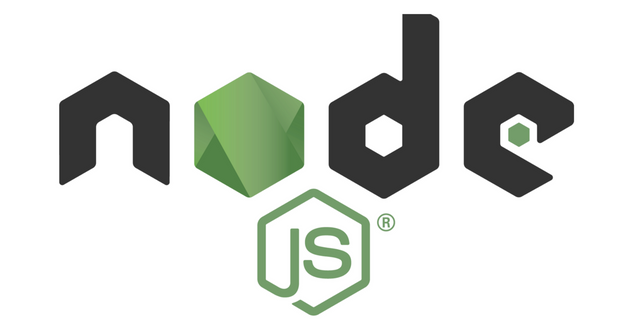
Github Repository
https://github.com/nodejs/i18n
Project Details
Node.js is:
What is it for?
Node.js lights in real-time web applications employing push technology over web sockets. Node.js allows having web applications with real-time, two-way connections, where both, the client and server can initiate communication, allowing them free data exchange. It can handle many concurrent connections at a time. It is built on Chrome’s V8 JavaScript engine and uses an event-driven, non-blocking I/O model that makes it lightweight and efficient. Node.js now plays a critical role in the technology stack of many high-profile companies who depend on its unique benefits.
SOURCE 1
SOURCE 2
Contribution Specifications
Node.js is currently being translated into 33 languages and I am contributing to translate it into Spanish. 55% of the whole the project has been translated.

This is my translation number 6

And during this 6th translation, I carried on working on TLS.md file which addresses the security methods between clients and servers.
A bit of a reminder....
Transport layer security (TLS) is a protocol that provides communication security between client/server applications that communicate with each other over the Internet. It enables privacy, integrity and protection for the data that is transmitted between different nodes on the Internet. TLS is a successor to the secure socket layer (SSL) protocol.
SSL and TLS are both cryptographic protocols that provide data encryption between servers, machines, and applications operating over a network. SSL is the predecessor to TLS.
SOURCE
The TLS protocol aims primarily to provide privacy and data integrity between two or more communicating computer applications

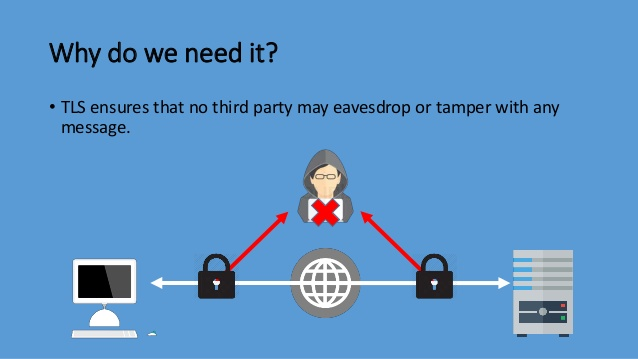
Like in my previous translations I am going to highlight two specific terms that were new for me.
First of all:

According to techopedia PFS is a data encoding property that ensures the integrity of a session key in the event that a long-term key is compromised. PFS accomplishes this by enforcing the derivation of a new key for each and every session. Its primary aim is to ensure the safety of session keys from future exploitation by hackers. Encoded messages are encrypted using sophisticated mathematical formulas, where decryption would require massive processing, making building practically impossible with the current computing architecture. PFS is designed to eliminate this threat by periodically creating new keys. So, even if a hacker exploits a private key in the future, he is unable to decrypt previously transmitted messages.
So where does PFS come into play? If you opted to use a secure connection protocol such as SFTP or TLS to transfer the file, then your session was encrypted, which means that only you and the server could see the data going back and forth – anyone that tried to spy on your session would have only seen useless scrambled data. To facilitate this encryption, your computer will use an encryption key to establish a connection with the server, which is like a secret code that is only known to the two parties in a session. This encryption key plays a vital role in PFS.
SOURCE 1
SOURCE 2
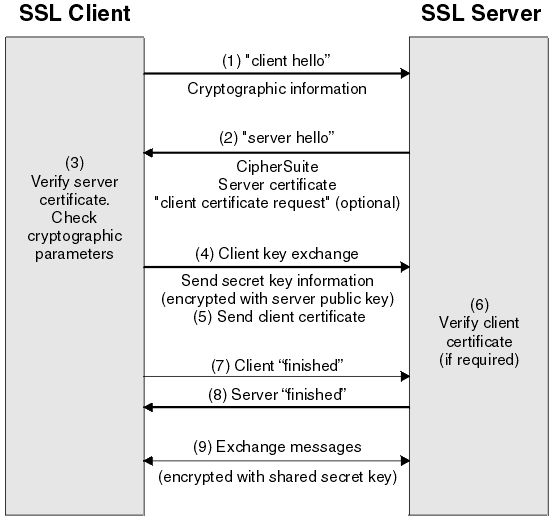
SOURCE
Secondly
Diffie-Hellman
The Diffie-Hellman protocol is a method for two computer users to generate a shared private key with which they can then exchange information across an insecure channel. In the following example, the users are named Alice and Bob.
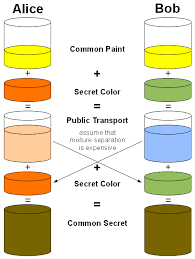 )
)For those who would like to know more about it, here there is a video explaining in depth the concept of Diffie-Hellman
SOURCE
Languages
• Source Language: English
• Translated Language: Spanish
Word Count
Words translated on this contribution: 1100 words. This contribution was made between the 16th and the 18th of March 2019.
1st contribution
2nd contribution
3rd contribution
4th contribution
5th contribution
Proof of Authorship
The translation was submitted via Crowdin. All relevant information on the following links.
Node.js Crowdin page
My Crowdin Profile
My Crowdin Activity
Examples of my translations
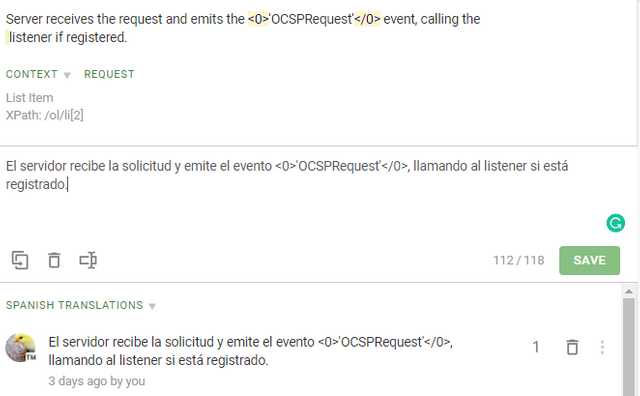
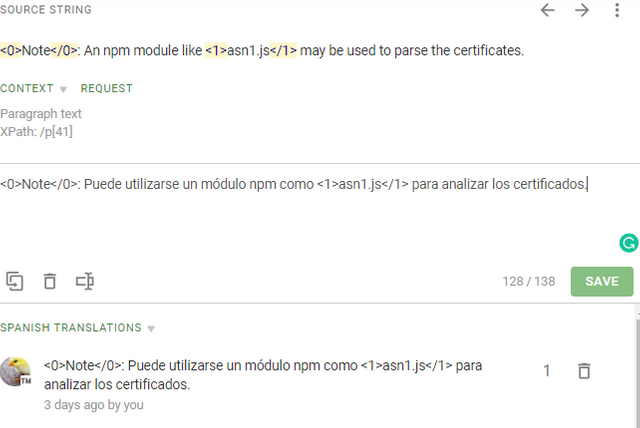
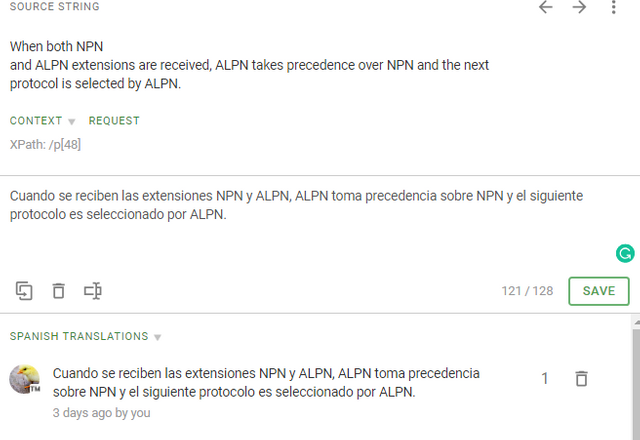
Hi @rositaumce,
Thank you for submitting your contribution!
Node.js is a very interesting project that contains many code values and terms related to computer science. Its difficulty relies on the fact that we must pay a lot of attention to the code in order to deliver the most accurate translation possible.
You did a really good job with your presentation post, it's informative as it provides useful and relevant details related to your contribution to the project. The visual presentation of the report is also great!
You delivered an accurate translation, you are getting familiar with the project's terminology, which is totally normal. The important thing is to always be careful with code values that should not be translated.
I'm looking forward to your next contribution. Keep up the good work :)
Your contribution has been evaluated according to Utopian policies and guidelines, as well as a predefined set of questions pertaining to the category.
To view those questions and the relevant answers related to your post, click here.
Chat with us on Discord
Thank you for your review, @marugy99! Keep up the good work!
Hi @rositaumce!
Your post was upvoted by @steem-ua, new Steem dApp, using UserAuthority for algorithmic post curation!
Your post is eligible for our upvote, thanks to our collaboration with @utopian-io!
Feel free to join our @steem-ua Discord server